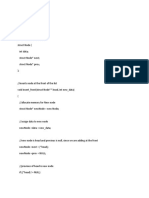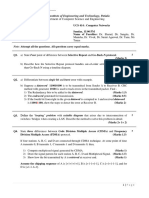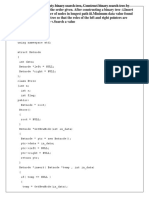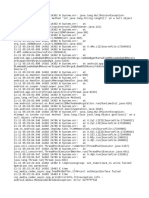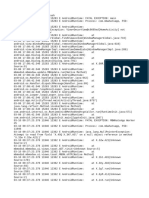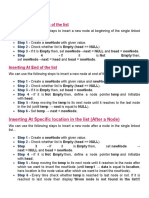0% found this document useful (0 votes)
102 views55 pagesDoubly and Circular Linked List
A doubly linked list is a linear data structure where each node contains a link to the previous and next node. It allows traversal in either direction and makes operations like deletion and insertion easier than singly linked lists. Each node contains data, a pointer to the next node, and a pointer to the previous node. Doubly linked lists require more space than singly linked lists and list manipulations are slower.
Uploaded by
bndianonymousCopyright
© © All Rights Reserved
We take content rights seriously. If you suspect this is your content, claim it here.
Available Formats
Download as PDF, TXT or read online on Scribd
0% found this document useful (0 votes)
102 views55 pagesDoubly and Circular Linked List
A doubly linked list is a linear data structure where each node contains a link to the previous and next node. It allows traversal in either direction and makes operations like deletion and insertion easier than singly linked lists. Each node contains data, a pointer to the next node, and a pointer to the previous node. Doubly linked lists require more space than singly linked lists and list manipulations are slower.
Uploaded by
bndianonymousCopyright
© © All Rights Reserved
We take content rights seriously. If you suspect this is your content, claim it here.
Available Formats
Download as PDF, TXT or read online on Scribd
/ 55























































